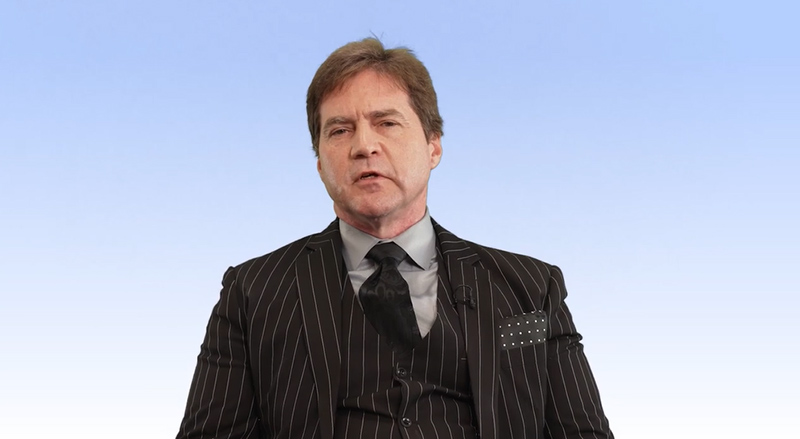Is it possible to create an online document which is truly unique, cannot be tampered with and offers privacy and security to both governments and individual users? This is what Dr Craig Wright (Chief Scientist at nChain) is working towards with his new patent which allows for redactable contracts on blockchain.
‘The idea basically allows for a binary tree structure and there’s multiple structures and even ones that allow the document to be reordered. It is a structure where the base would be to imagine a document where you could blank out individual lines.
‘So you could cut areas out, for instance, for freedom of information sharing or something else, such as secrecy, requirements of government corporations not wanting to release GDPR, protected information, that sort of thing.’
However, Wright noted that the possibilities extend far beyond this as you actually start real-time stamping a document and have a signature where you can change aspects of it and only give out certain parts of information.
This allows you to have branches of contracts like smart contracts that are linked to programmes, outcomes and how automated systems work. ‘It also allows for access at different levels. For instance, different people could sign up to have different levels of a document, whether that’s higher quality or access to more content.’
Working towards digital paper thanks to blockchain
Wright said that this forms part of his goal of creating truly digital paper. ‘By digital paper, I mean the ability to have scarcity in individual files. The control of information so that someone no longer has the ability just to go in there and copy a file as many times as they want.’
This includes the ability to link ownership of a single file to a single person who can then choose if they have the rights to how they distribute it, he said. ‘So if I create an image, I could then have minting rights that I could distribute to other people, saying how they can access, how they can watch and how they can share.’
‘And that basically goes back to the ownership of the file that can be transferred, that can be exchanged, that can be shared across things. And even when we are talking about confidential files, the ability to send them back and forwards between entities without worrying about the wrong people getting them,’ he said.
Changes and redactions via an immutable ledger
Wright noted that this system means that any changes or redactions made to the document will be completely visible. ‘So if someone creates a redacted version of a document, the signature will still apply to the same entry in the blockchain. The time stamping of the document when it’s created won’t change.’
Wright noted that the ability to take a part of a document and prove everything, besides the redacted areas, can be completely public if needed. ‘So for instance, I could split the document into two parts – the secret part and the non-secret part. And I could provably say that the secret part that I haven’t given you was signed at the date without letting you see what was in it.’
‘The hashed-protected information stays protected while the unprotected information is now valid and can be demonstrated to have existed at the time by looking at an entry that is put into the blockchain.’
Regulatory compliant digital documents
Wright said that this system is based on using a series of keys, depending on the ownership rights associated with those. ‘And there’ll be different keys for each person,’ he said.
‘There are encryption schemes where we can actually give over different keys to different individuals to access or change only part of a file. So that means from a GDPR point of view, any private information will never be given over.’
However, Wright cautioned that this won’t stop people from doing ‘stupid things’, and that a person in authority can still share information which only they should be privy to. The blockchain will make it easy to see who has access to files, and who wrongfully shared them, but it can’t remove the human element.
